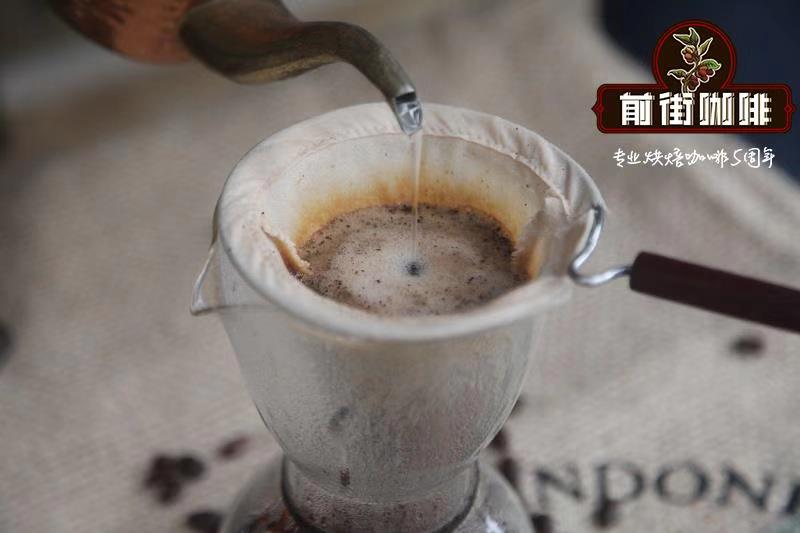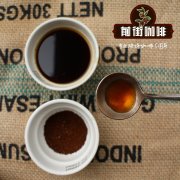Do you know what Rose Summer Coffee is? what are the characteristics and taste of Rose Summer Coffee?

Professional coffee knowledge exchange more coffee bean information please follow the coffee workshop (Wechat official account cafe_style)
Introduction of Qianjie Coffee-Rosa Variety
The species of Geisha was discovered in the rose forests of Ethiopia in 1931 and was later sent to the Coffee Institute in Kenya. Introduced to Uganda and Tanzania in 1936 and introduced to Costa Rica in 1953.
Not many people have paid attention to Rose Summer all the time. Until one day, Don Pachi was originally brought to Costa Rica from the town of GESHA in southwestern Ethiopia, and then Rosa entered Panama along the southern route, where Esmerada Manor in Panama separated it from other varieties and won the national coffee competition. Only in this way can Rose Summer officially enter everyone's line of sight.
Rosa coffee is particularly picky about the growing environment, requiring high altitude, cloud shade, fertile soil and enough accumulated temperature. The Aurora Coffee Manor is located in the northwest corner of the Chiriki province of Panama, with an average elevation of 1625 meters, an average annual temperature of 16 ℃ to 25 ℃ and an average rainfall of about 3500 mm. The plantation is semi-shaded, and the tree species are all endemic to the region, some of which are Haas alligator pear trees at high altitude. It is precisely because of this unique environment and climate that the coffee king can be cultivated.
The pronunciation of Geisha is the same as Japanese geisha, so it is also called geisha coffee. Because the tree species are taller than ordinary coffee trees, they are originally planted in a small area of the manor and are used as windbreaks.
By chance, the son of the owner of Esmeralda Manor in Panama, in order to take part in the annual competition for the best coffee in Panama, searched all the coffee trees in the manor for testing, so that Geisha had the opportunity to enter everyone's eyes, and then got out of control. Since then, he has also participated in various world coffee competitions and has won 11 championship trophies.
Panama is the most important section of the world coffee map. The beans sold at auction here sell for hundreds of dollars every year.
The favorite Panamanian summer was in the 1970s, when Mr. Francico Selassie of Dong 87 Farm received seeds from CATIE in Costa Rica and began to plant them. The reason why Rosa is more valuable than gold is that the output is very low and it is necessary to participate in the bidding, so it is very difficult to get Rosa raw beans.
Introduction of flavor and taste
"flavor characteristics"
These coffees have jasmine, citrus, ripe fruit, berries, caramel, special sweetness, vanilla, chocolate and other flavors.
END
Important Notice :
前街咖啡 FrontStreet Coffee has moved to new addredd:
FrontStreet Coffee Address: 315,Donghua East Road,GuangZhou
Tel:020 38364473
- Prev

What is the taste of Rosa Coffee? sharing of hand-brewing parameters of imported Rosa Coffee
Professional coffee knowledge exchange more coffee bean information please follow the coffee workshop (Wechat official account cafe_style) front street coffee introduction-the green label Rose Summer Panamanian Emerald Manor won the Panamanian Coffee Cup Test Competition for many years after it participated in the 2004 Panamanian Coffee Bean Cup Test Competition and became very popular. In 1964 Rudolph Peterson, a Swedish-American financier, retired and moved to Panama
- Next

Which kind of coffee beans is better for hand-brewed coffee? how much water is correct for 15g hand-brewed coffee?
Professional coffee knowledge exchange more coffee bean information please pay attention to the coffee workshop (Wechat official account cafe_style) Qianjie coffee introduction-single coffee recommended single coffee can best show the unique personality of coffee beans, due to different national production areas, some sour and some bitter, through the bean baker's baking mode, will also change the tone of beans. The fondness for coffee around the world
Related
- Beginners will see the "Coffee pull flower" guide!
- What is the difference between ice blog purified milk and ordinary milk coffee?
- Why is the Philippines the largest producer of crops in Liberia?
- For coffee extraction, should the fine powder be retained?
- How does extracted espresso fill pressed powder? How much strength does it take to press the powder?
- How to make jasmine cold extract coffee? Is the jasmine + latte good?
- Will this little toy really make the coffee taste better? How does Lily Drip affect coffee extraction?
- Will the action of slapping the filter cup also affect coffee extraction?
- What's the difference between powder-to-water ratio and powder-to-liquid ratio?
- What is the Ethiopian local species? What does it have to do with Heirloom native species?

